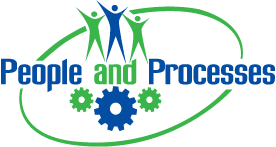- About Us
- Solutions
- Coaching
- Institute
- Virtual Training Courses
- On-site Courses
- Public Courses
- Maintenance and Reliability for Managers - 4 Part Series
- Maintenance and Reliability Best Practices
- Maintenance Planning and Scheduling
- Maintenance Storeroom and Materials Management
- Maintenance and Reliability Technician Core Concepts
- STO - Shutdowns, Turnarounds & Outages 3-day
- Maintenance Leadership and Supervision
- RCM3 Introductory Training Course
- RCM3 Facilitator Course
- RCM3 Executive Overview
- RCM2 Introductory Training Course
- RCM2 Facilitator Course
- RCM2 Executive Overview
- RCFA Introductory Course
- RCD Introductory Course
- RBI3 Training
- UTK-RMC Partnership
- Shipping & Returns
- Cancellation Policy
- Privacy Policy
- Certification
- Software
- Blog


